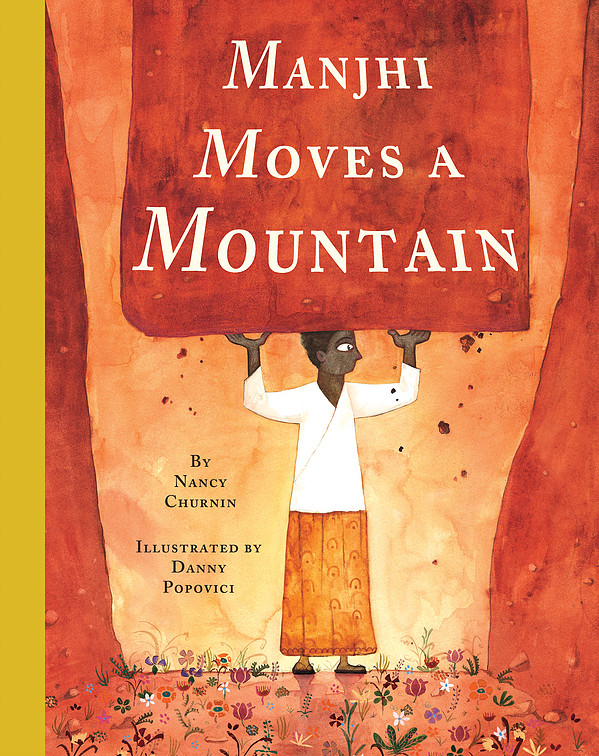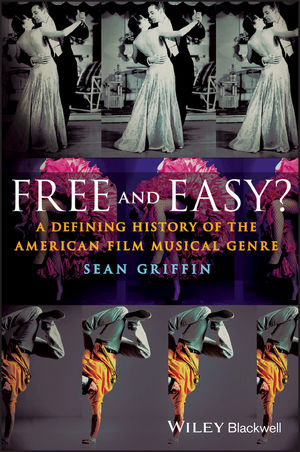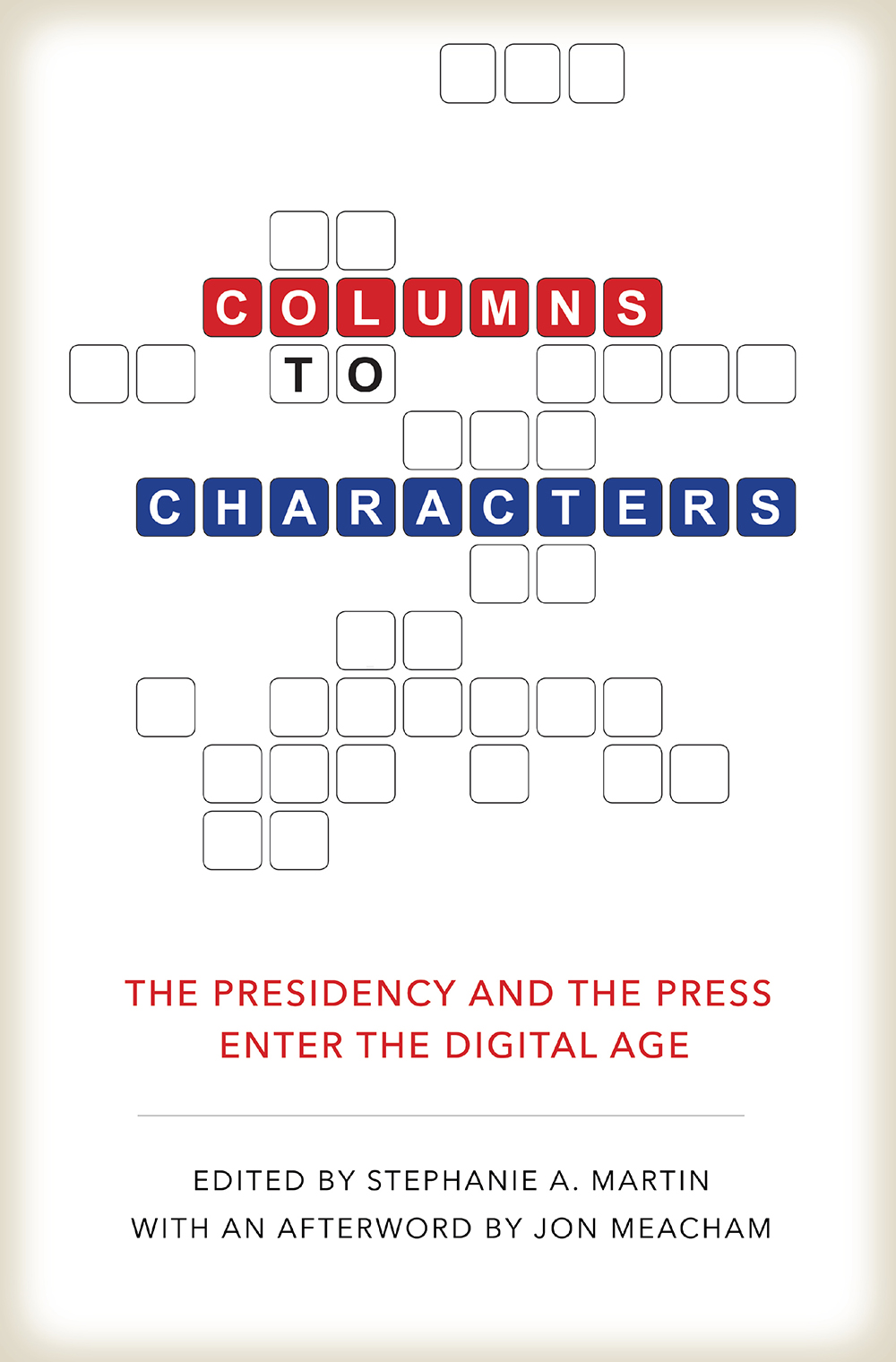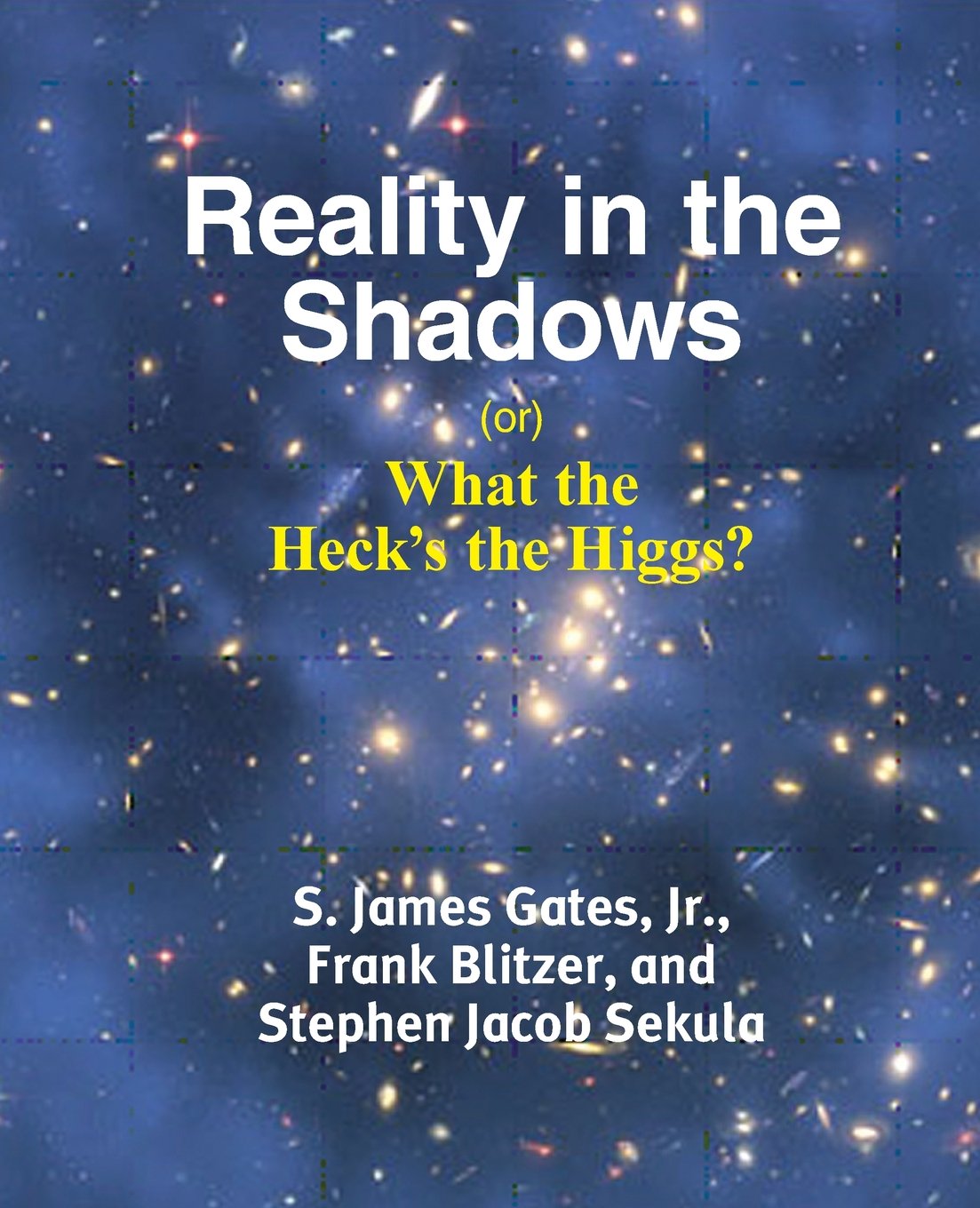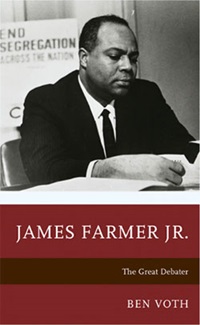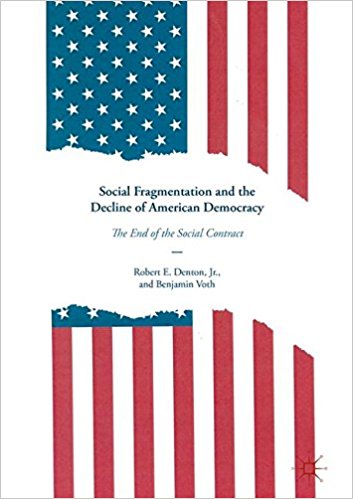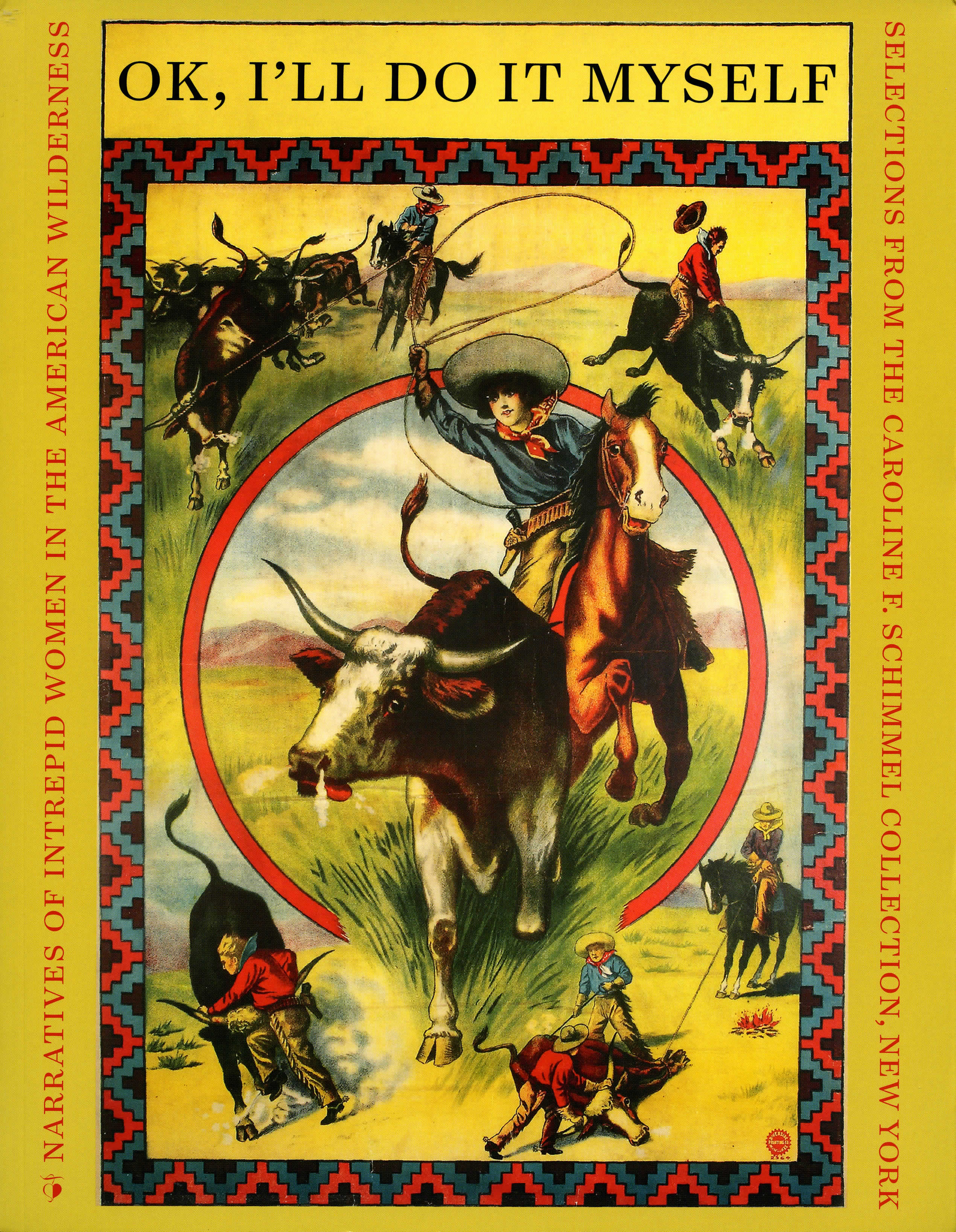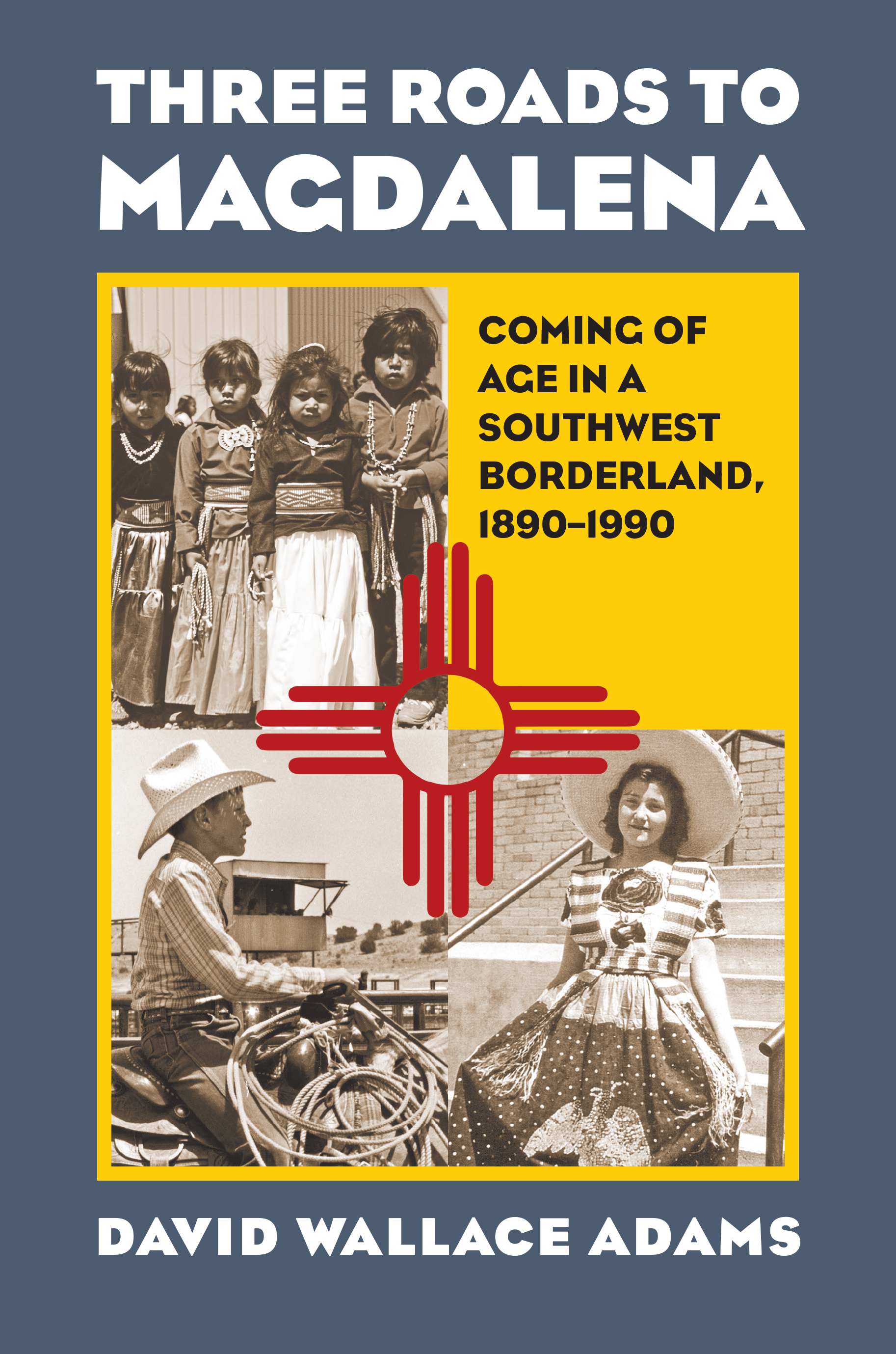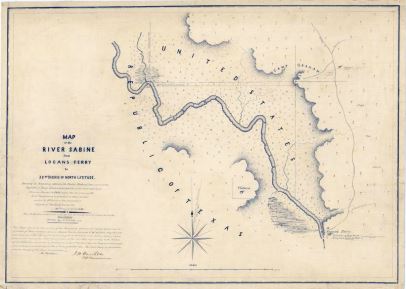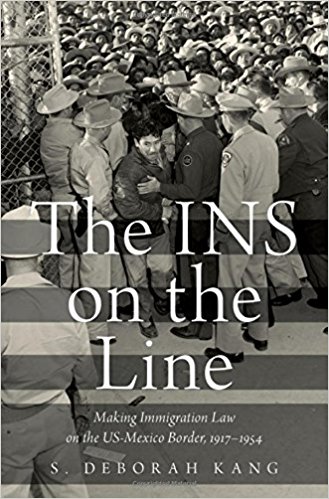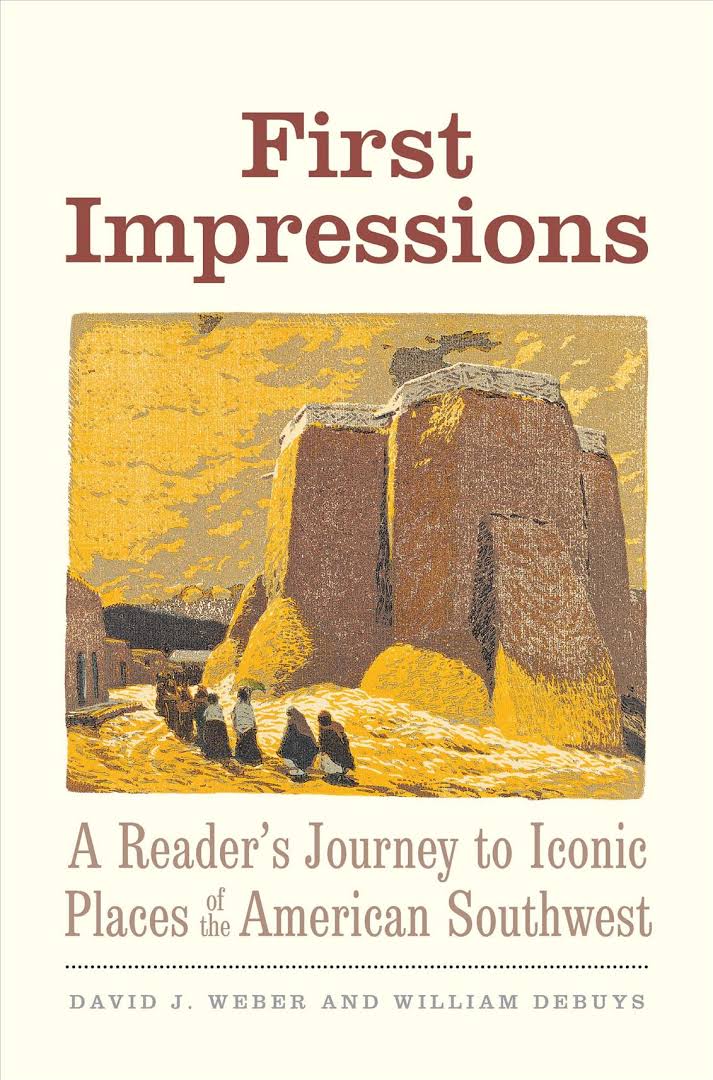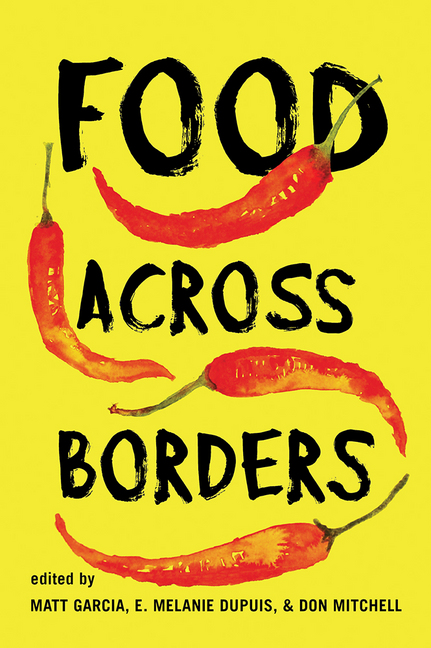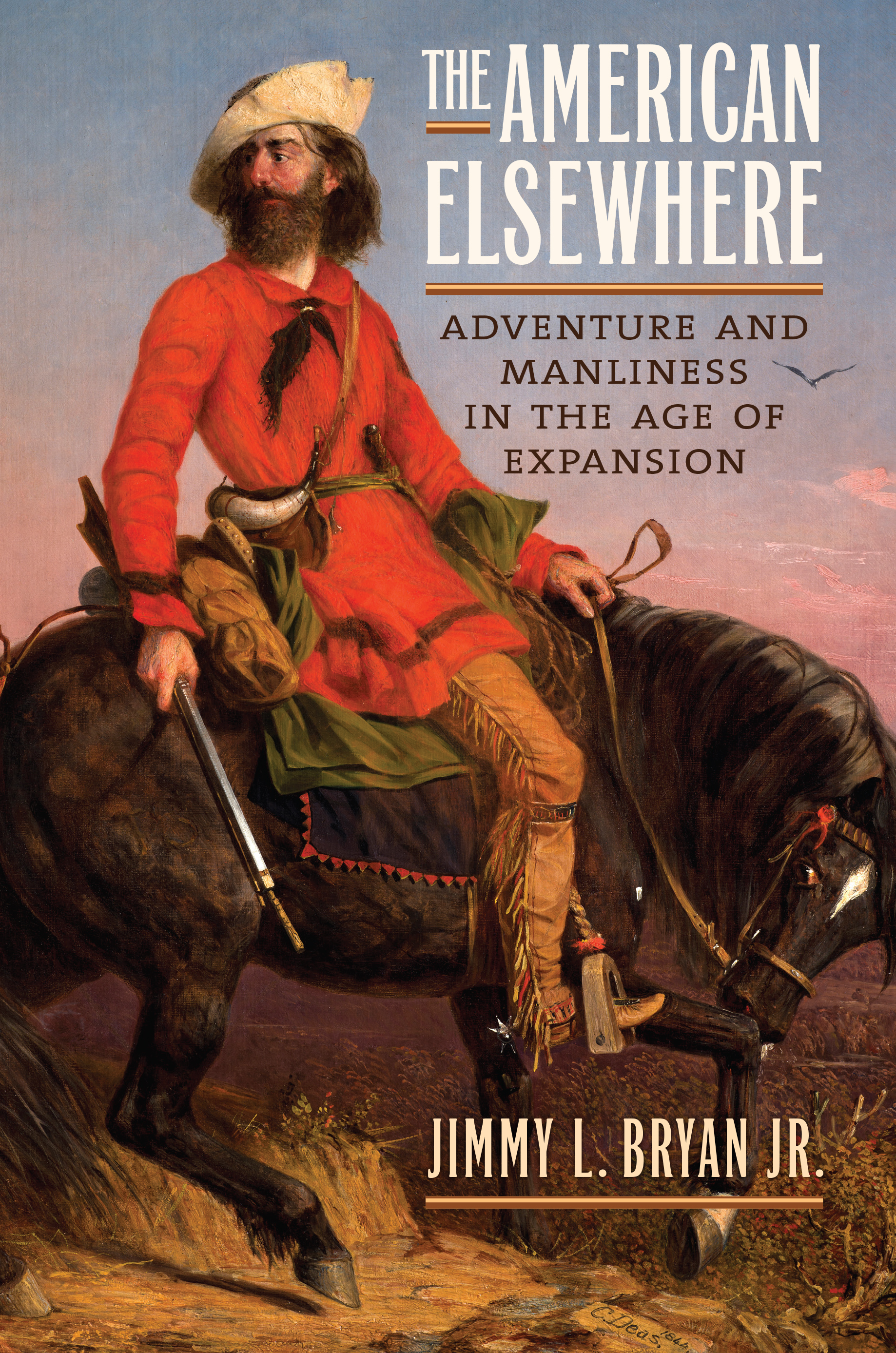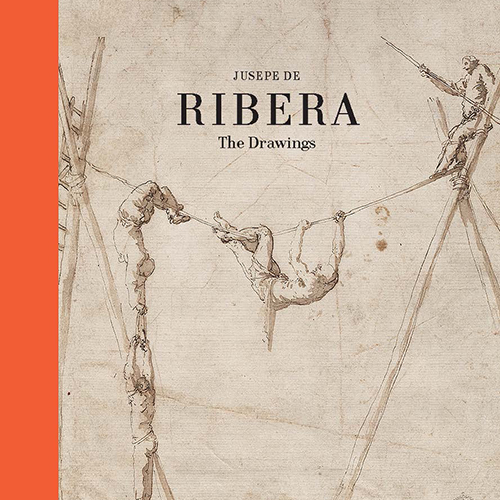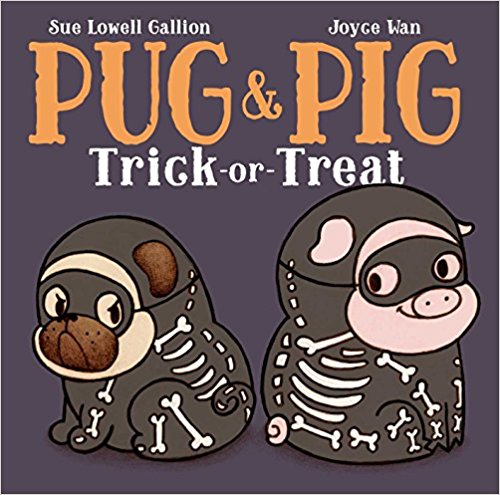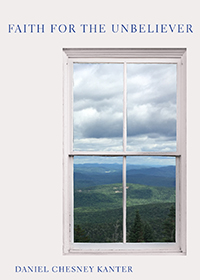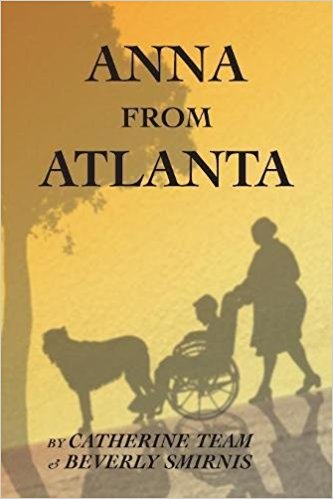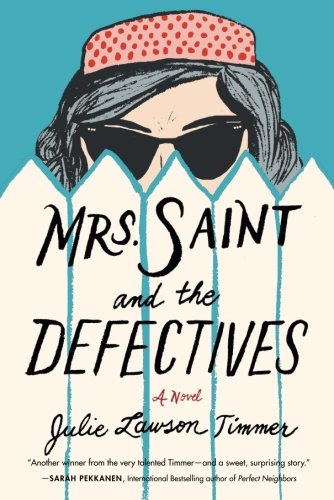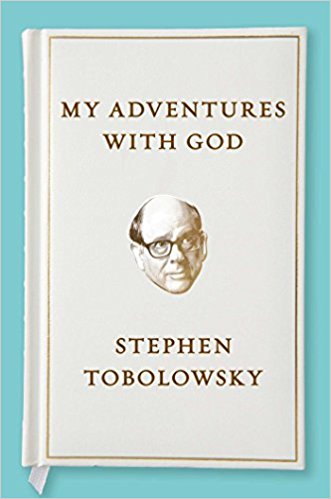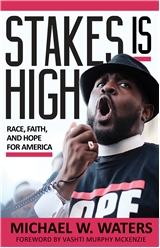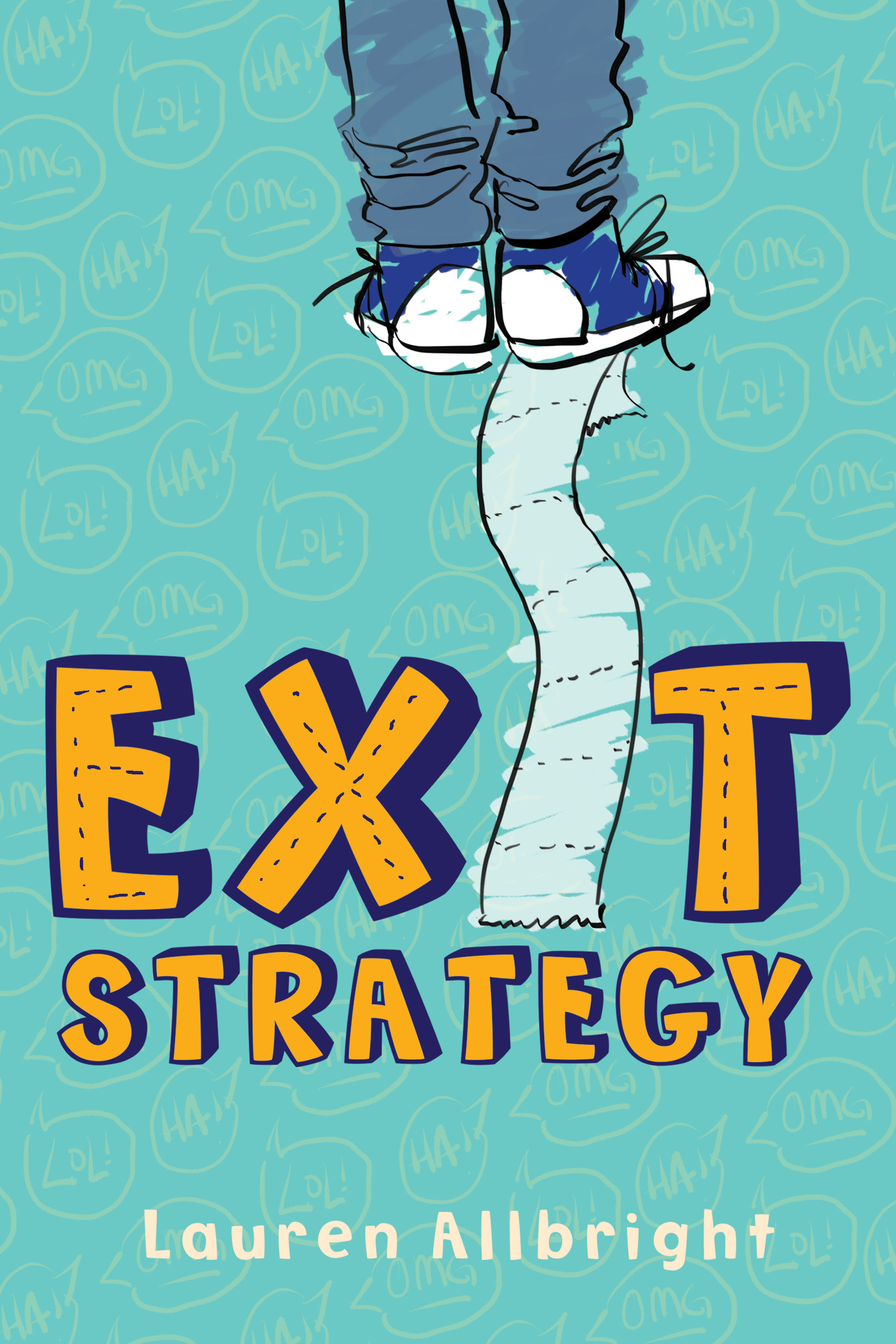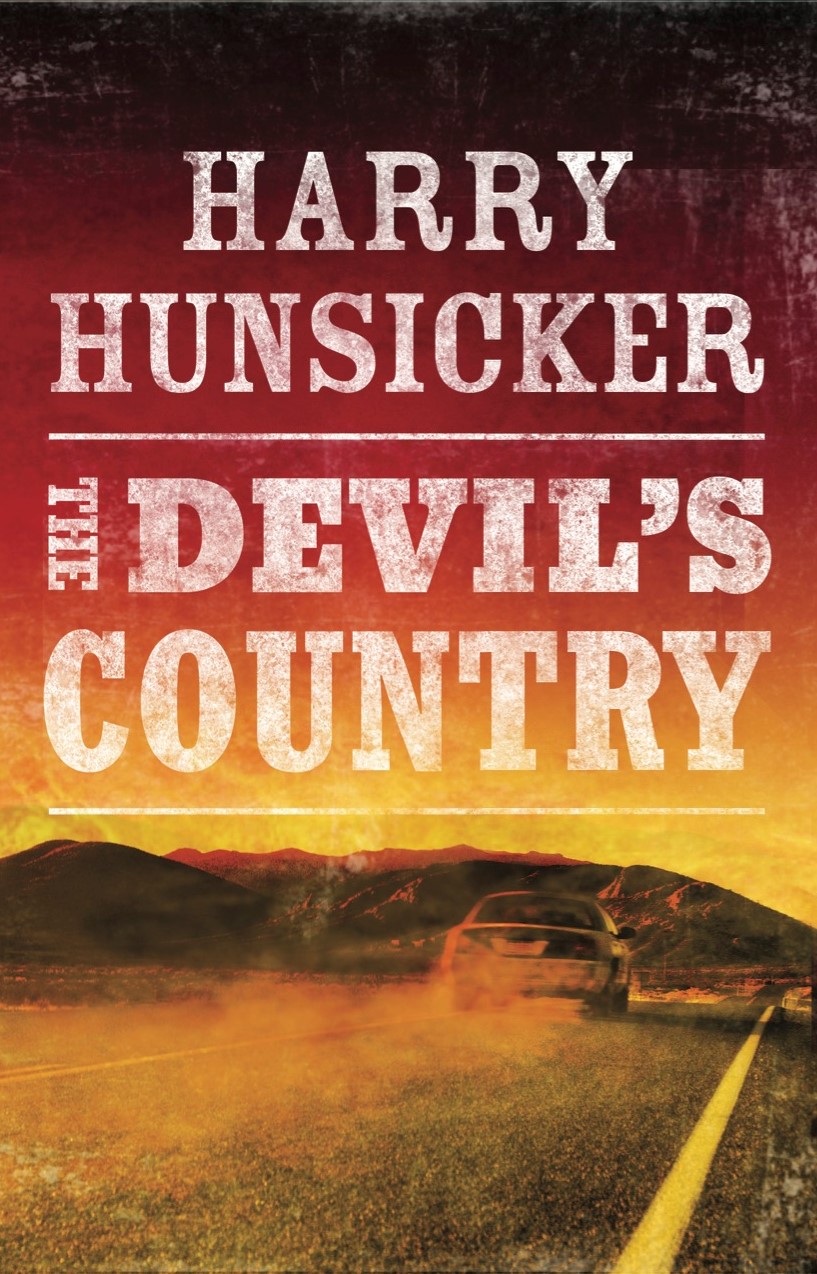Holiday Reads
Start off the new year with books published recently by the SMU community, including faculty, staff, alumni, libraries and museum.

Compiled by Cherri Gann
SMU News
DALLAS (SMU) – Complete your holiday gift list with books published in 2017 by the SMU community, including faculty, staff, alumni, libraries and museum. This collection has something for all reading preferences, from light to serious. Need to satisfy a history buff? This list has it covered in genres from art to science to the Southwest. Find selections for readers of poetry, spiritual enrichment, young adult fiction and celebrity memoir. Some selections are available at the SMU bookstore. Most are available via online booksellers unless otherwise noted. Authors are listed alphabetically.
Books by Faculty, Staff and Trustees
Manjhi Moves a Mountain (Creston Books), by Nancy Churnin, shows how everyone can make a difference if their heart is big enough. When young Dashrath Manjhi realizes the mountain separates his poor village from a nearby village with schools, markets and a hospital, he sees a solution no one else can imagine. With only his hammer, chisel, grit and determination, Manjhi spends 20 years carving a path through the mountain. Rachel Ball-Phillips, SMU’s adjunct lecturer of South Asian History and Indian Studies, served as the cultural contributor to this historical fiction work written for the K-5 audience.
The collapse of the Soviet Union at the end of 1991 was widely perceived as a victory for freedom and democracy. Yet it threatened to be a destabilizing victory as the balance of global power shifted. In When the World Seemed New: George H.W. Bush and the End of the Cold War (Houghton Mifflin Harcourt) Jeffrey Engel, founding director of SMU’s Center for Presidential History, has written a compelling new book that reveals how President George H. W. Bush navigated the choppy waters that followed. The work is based on unprecedented access to previously classified documents and interviews with key policymakers. Engel, a longtime student of Bush ’41 and his presidency, previously wrote The China Diary of George H.W. Bush: The Making of a Global President (Princeton University Press).
No Resting Place: Holocaust Poland (SMU Embrey Human Rights Program/Terrace Partners) by Rick Halperin, SMU history professor and program director, and Denise Gee, SMU public information officer, with photographs by Sherry Aikman, program coordinator, features more than 200 contemporary photographs showing 13 of Nazi-occupied Poland’s most notorious killing fields and forests, ghettoes, prisons, and concentration and labor camps – six designed solely for extermination. Accompanying the images are historical vignettes and poignant personal observations shared by students and other lifelong learners who have experienced SMU’s annual “Holocaust Poland” trip, led by Halperin since 1996, the nation’s most comprehensive, longest-running educational pilgrimage of its kind. To purchase this book in support of SMU’s Embrey Human Rights Program, click here.
The e-novel Intercepting the Chef (Pocket Star), by Rachel Goodman, lecturer and undergraduate academic adviser at Lyle School of Engineering, has protagonist Gwen Lalonde, a rising star among the world’s elite restaurateurs, playing a different game after being fired by her celebrity chef boss/ex-boyfriend. Lalonde flees San Francisco to her hometown of Denver, and lands the executive chef post at Stonestreet’s, a new restaurant owned by NFL Colorado Blizzards quarterback Logan Stonestreet. Logan likes Gwen, a lot. She tries to pull a classic duck and weave from his persistent romantic advances in order to focus on reestablishing her reputation in Denver. She learns, however, that Logan didn’t become among the best players in the league by giving up easy.
Free and Easy?: A Defining History of the American Film Musical Genre (Wiley-Blackwell) by Sean Griffin, professor of film and media arts, narrates the evolution of the film musical genre, discussing its influences and how it has come to be defined. Griffin surveys centuries of music history from that of Native Americans to contemporary streaming media performance.
The relationship between the presidency and the press has transformed—seemingly overnight—from one where reports and columns were filed, edited, and deliberated for hours before publication into a brave new world where texts, tweets, and sound bites race from composition to release within a matter of seconds. This has made political journalism both more open and more difficult. But are the hard questions still being asked? Are they still being answered? Columns to Characters: The Presidency and the Press Enter the Digital Age (Texas A&M University Press) edited by Stephanie A. Martin, assistant professor of communication and public affairs, offers a fresh perspective on how the evolution of technology affects the way presidents interact with the public. Essays by scholars as well as journalists including Peter Baker New York Times White House correspondent, Stacia Deshishku, ABC News deputy Washington bureau chief and Jon Meacham, former editor-in-chief of Newsweek, explore these implications in a variety of real-world circumstances: the narcotizing numbness of information overload and voter apathy; the concerns over privacy, security, and civil liberties; new methods of running political campaigns and mobilizing support for programs; and a future post-rhetorical presidency, in which the press is all but irrelevant.
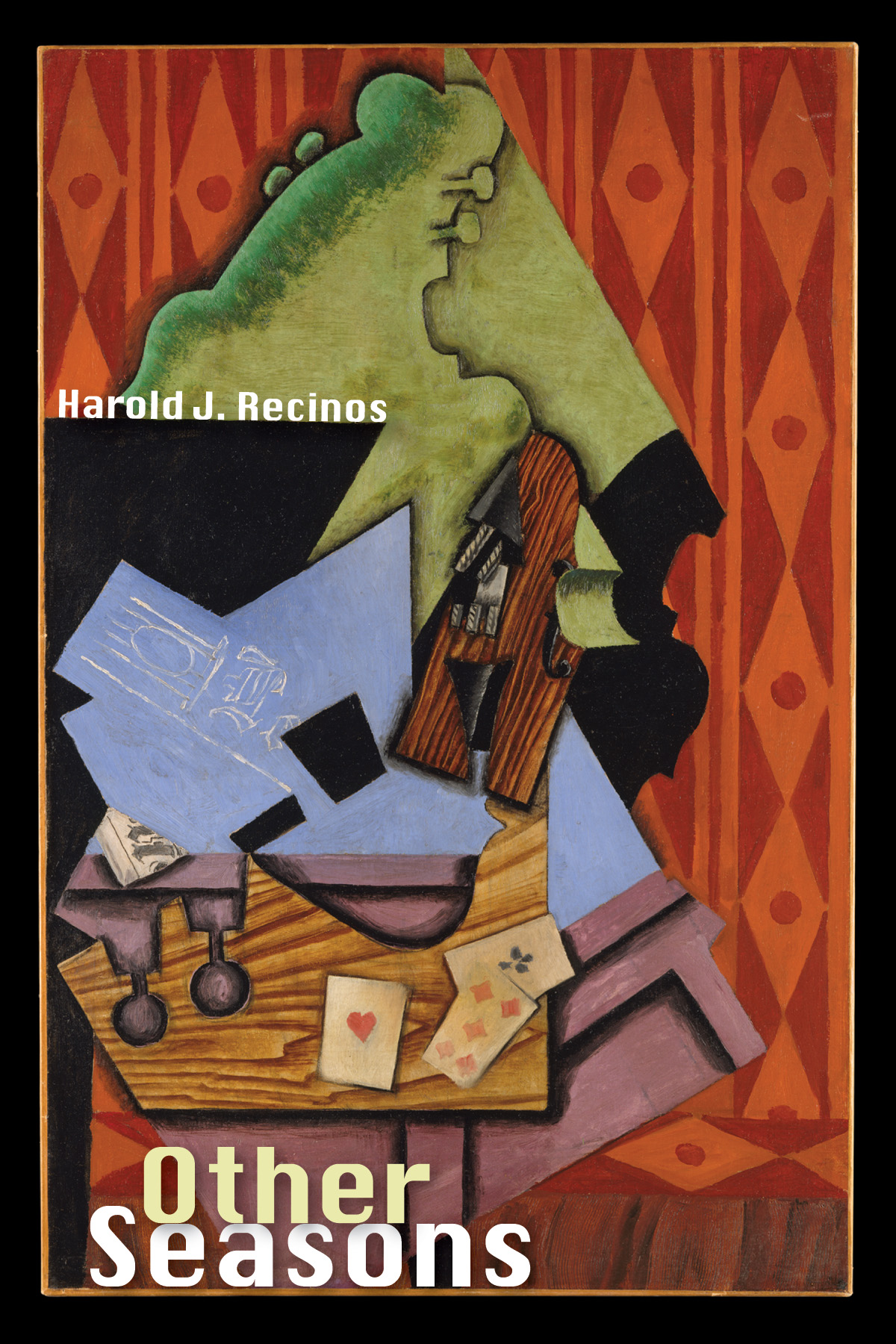
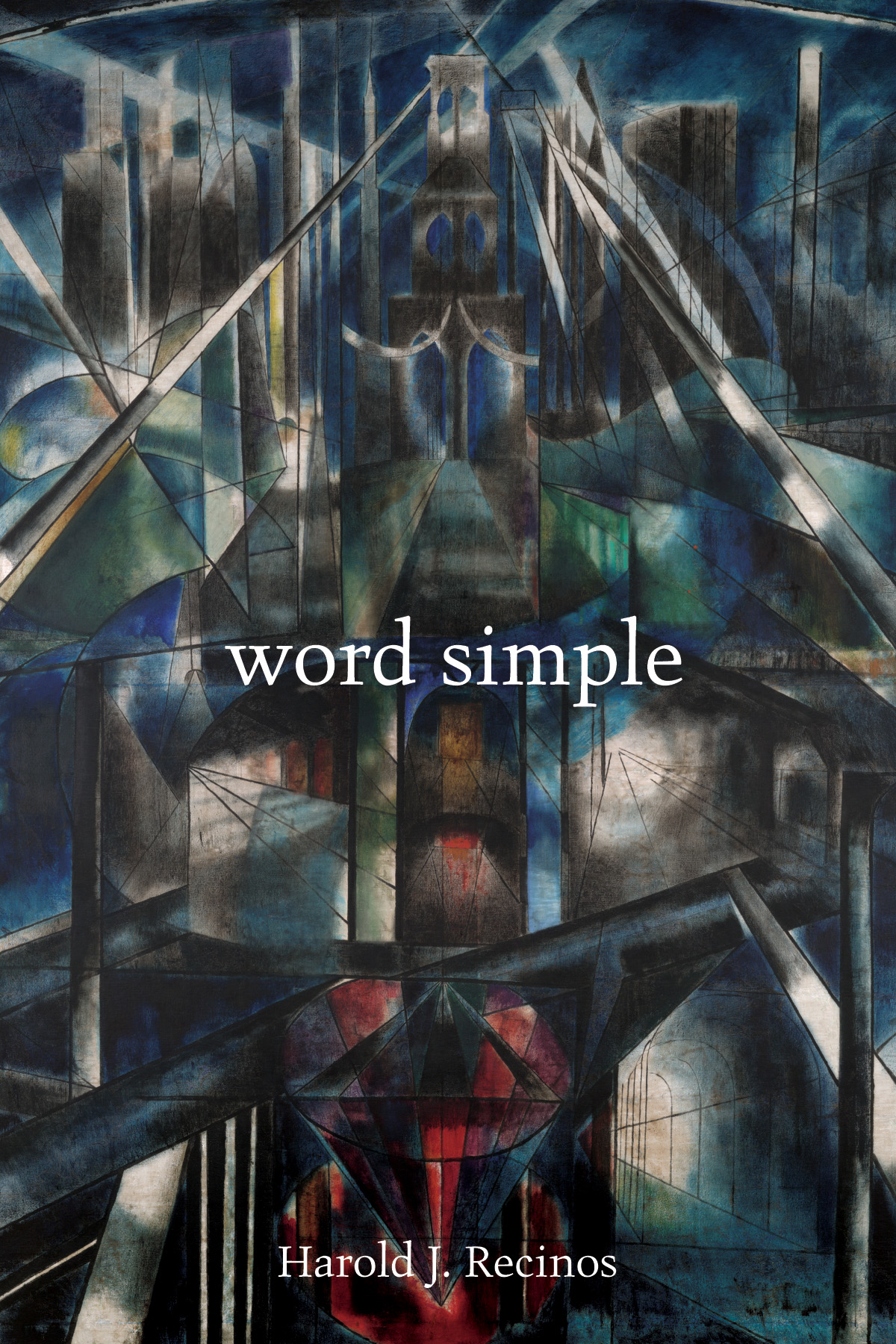
Harold J. Recinos, professor of church and society at SMU’s Perkins School, lived on the streets of New York City from the ages of 12 to 16 after being abandoned by his parents. A Presbyterian minister eventually took Recinos into his home and family, helped Recinos kick a heroin habit and enrolled him in school. Our list features three Recinos books. His poetry collection Other Seasons (Wipf and Stock) aims to communicate what is felt by people who live in the overlooked contexts of marginality. Word Simple (Wipf and Stock) raises questions about how society is constructed from the perspective of people who are routinely silenced by history. Breathing Space (Wipf and Stock) elevates consciousness of the beauty and obstinate spirit of workers, mothers, grandmothers, brothers, sisters, revolutionaries, undocumented immigrants, and those considered unworthy of love.
Current scientific discoveries portray only a fraction of a much greater universe ruled by vast mysteries that appear to shape reality. Reality in the Shadows (Or) What the Heck’s the Higgs? (YBK Publishers) by Stephen Jacob Sekula, SMU associate professor of physics, co-authored with S. James Gates, Jr. and Frank Blitzer, describes new understandings about the universe, and explains how the shadows in the unknown continue to be identified. The book chronicles the men and women who cast light on these mysteries of our existence. Written for the interested layperson, this engaging material includes many analogies and explanations.
James Farmer Jr.: The Great Debater (Lexington Studies in Political Communication) by Ben Voth, director of debate and speech and associate professor, is a rhetorical and biographical guide to the rise of the American Civil Rights Movement, including James Farmer Jr.’s intellectual emergence as a young debater at Wiley College, in Marshall, Texas, and the first non-violent sit-in against segregation in 1942 in Chicago. Farmer was among the founders of the Congress of Racial Equality (CORE), who pioneered the non-violent strategies later used by Dr. Martin Luther King Jr. Voth demonstrates the ongoing relevance of Farmer’s successful debate methodology in resolving contemporary race problems in the 21st century such.
Another work by Ben Voth, this one with Robert E. Denton Jr., Social Fragmentation and the Decline of American Democracy: The End of the Social Contract (Palgrave Macmillan) explores the social and political implications of what the authors identify as the decline of the social contract in America and the rise of a citizenry turned self-centered, entitled and independent. A nearly two-decade cultural war has wrought geographical, political, social and moral division in America. According to the authors, we are witnessing the decline of American Democracy, resulting from the erosion of the idea of the social contract. This book examines the conditions of this social fragmentation, and offers ideas of an American Renaissance predicated on communicative idealism.
OK, I’ll Do It Myself: Narratives of Intrepid Women in the American Wilderness, is the catalog of a DeGolyer Library exhibit slated to run Jan. 18 - March 29, 2018. It features more than 100 items from the Caroline F. Schimmel Collection that span the 17th-20th centuries. These include rare books, manuscripts, drawings, photographs, ephemera, and other objects. Highlights include works by Willa Cather, Ann Patchett, Maria Sibylla Merian, Leslie Marmon Silko, as well as Annie Oakley's trunk. To purchase, contact the DeGolyer Library here.
Books from SMU’s William P. Clements Center for Southwest Studies
Three Roads to Magdalena: Coming of Age in a Southwest Borderland, 1890-1990 (University Press of Kansas), by David Wallace Adams, received the most recent Weber-Clements Prize for Best Non-Fiction Book on Southwestern America. Magdalena, New Mexico was a once- booming frontier town where Navajo, Anglo and Hispanic people have lived in shifting, sometimes separate, sometimes overlapping worlds for more than a century. Adams, professor emeritus at Cleveland State University and a Clements Center fellow in 2005-06, maps their stories in a work that captures the intimate, complex history of growing up in a Southwest borderland.
Evolution of the Texas-Louisana Boundary: In Search of the Elusive Corner by Jim Tiller and John P. Evans, Jr., is a compilation of historical sources showing the surveying and mapping of the Texas-Louisiana-Arkansas boundary from the early 19th century to the present. At more than 400 pages, this trove of maps, photographs, endnotes and bibliography is a treasure for those interested in the hands-on business of geographic demarcation. Click here to order directly from the Clements Center.
The INS on the Line: Making Immigration Law on the US-Mexico Border, 1917-1954 (Oxford University Press) by S. Deborah Kang, assistant professor of history at California State University San Marcos, and former Clements Center Fellow, is one of the first comprehensive histories of the INS on the US-Mexico border from 1917 to 1954. Kang argues that INS officials in the Southwest worked to create and enforce immigration laws. This work shows how immigration officials, small business owners, local churches and schools, and ethnic organizations created ad hoc policies to keep the border open to unwanted immigrants.
Other titles published with support from the Clements Center:
First Impressions: A Reader’s Journey to Iconic Places of the Southwest (Yale University Press), by the late David J. Weber and William deBuys, is a unique guide for literate travelers in the American Southwest that tells the story of 15 iconic sites across Arizona, New Mexico, southern Utah, and southern Colorado through the eyes of explorers, missionaries and travelers. Borderlands historians Weber, founding director of the Clements Center, and DeBuys, a former Clements Center fellow, lead readers through centuries of political, cultural and ecological change.
Food Across Borders (Rutgers University Press), edited by Matt Garcia, E. Melanie DuPuis and Don Mitchell, is a collection of scholarly essays written after a Clements Center Symposium. The stories ponder the connection between personal food decisions and social and geopolitical processes.
In The American Elsewhere: Adventure and Manliness in the Age of Expansionism (University Press of Kansas) SMU alumnus Jimmy L. Bryan ’06, associate professor of history at Lamar University, writes about American adventurers as important cultural icons of the early nineteenth-century United States who energized the mythologies of the West. Bryan suggests their stories of exhilarating perils, boundless landscapes, and erotic encounters that elevated their chauvinism, avarice, and violence into forms of nobility transformed westward expansion into a project of romantic nationalism.
Catalogs from the Meadows Museum
Jusepe de Ribera: The Drawings is the first complete catalogue raisonne of the drawings of Jusepe de Ribera (Jativa, Valencia, 1591-Naples, 1652), which played a central role in his art. This compilation reveals his impressive technical skills, equally evident in his use of pen and ink, red chalk and wash, while emphasizing the remarkable range of the subjects he depicted.
The impressive series of paintings known as Jacob and His Twelve Sons portrays 13 life-size figures by Spanish master Francisco de Zurbarán (1598-1664). Painted between about 1640 and 1645, the series depicts figures named in Chapter 49 of the Book of Genesis in which Jacob bestows his deathbed blessings to his sons, each of whom go on to found the Twelve Tribes of Israel. Zurbarán: Jacob and His Twelve Sons Paintings from Auckland Castle, co-edited by Mark Roglán, director of the Meadows Museum, with Susan Grace Galassi, senior curator at The Frick Collection and Edward Payne, senior curator of Spanish art at Auckland Castle, chronicles the scientific analysis of the series Jacob and His Twelve Sons. It also provides focused art historical studies of the works. Essays cover the iconography of the Twelve Tribes of Israel, the history of the canvases, and Zurbarán’s artistic practices and visual sources. Purchase this catalog from the Meadows Museum gift shop.
Books by Alumni
In Pug & Pig Trick or Treat (Beach Lane Books), by SMU alumna Sue Lowell Gallion ’80, the unlikely friends are back for a heartwarming Halloween adventure in an adorable children’s picture book that’s perfect for pet lovers of all ages. Halloween night has come to Pug and Pig’s house, and the darling duo sport matching cozy glow-in-the-dark costumes with masks. Unfortunately Pug hates wearing his, so he rips it up and stays home. But Halloween just isn’t any fun for Pig without Pug. How can Pug find a way to be a good friend and get back into the Halloween spirit?
In Faith for the Unbeliever (Skinner House Books) Rev. Daniel Kanter ’07 shares his reflections on faith, especially addressing those who are not traditionally religious. Kanter writes that we can understand faith to be less about what we believe in, and more about how we live and the choices we make. This small book of wisdom helps to make faith more accessible for those who consider themselves “spiritual but not religious.”
Anna from Atlanta, by SMU alumna Beverly Smirnis ’83 and co-author Catherine Team, is based on a true story. Divine fate led Anna’s move to Iowa to become a caregiver to Fritzy, a child with a severe disability. She made her mark on those whose lives she touched, including teaching Fritzy to communicate, preparing fabulous “Anna meals” and setting people straight. There are tears and laughter in this never-dull tale of Anna and Fritzy as they endure the townspeople, the Great Depression, a bank robbery and a mystery. The best part however is simply knowing that Anna really existed.
In Mrs. Saint and the Defectives (Lake Union Publishing), a new novel by SMU alumna Julie Lawson Timmer ’95, protagonist Markie moves to a new town after a very public fall from marital, financial and professional grace, with plans to lick her wounds in private. However, Markie and her teenaged son, Jesse, have captured the interest of an irascible, elderly neighbor lady Mrs. Saint who, along with her ragtag group of “defectives”, likes to fix the flaws in others. The quirky and endearing Mrs. Saint brings Markie into her eccentric community that is united by hope and hidden truths. But when Mrs. Saint’s own secrets threaten to unravel it all, Markie must step in to help.
My Adventures With God, by SMU alumnus Stephen Tobolowsky ’73, is a series of short stories exploring the idea that most people’s lives seem to fit into the template of the Old Testament. Tales of childhood and family, first battles won and lost serve as our Genesis. Then, like in the Book of Exodus, instead of building pyramids, we are bound by fear and ambition in first loves, first jobs, too many dreams mixed with too much beer. We eventually become free, only to wander in the wilderness, until at some point we stop and proclaim to the universe who we are. This is our Leviticus moment, and so on. The actor/author’s stories are told through the prism of the Torah and Talmud, mixed with the actor/author’s insights from science, and refined through a childlike sense of wonder. The work offers a structure to evaluate our own lives and relationship with God.
What happens when a people can take no more injustice? When each new travesty echoes the cries of ancestors killed for the color of their skin? How do a people rediscover hope, and use it as momentum and strength for change? In Stakes Is High (Chalice Press), by SMU alumnus the Rev. Michael W. Waters ’02, ’06, ’12, blends hip-hop lyricism and social justice leadership, to create an urgent voice demanding that America listen to the suffering if it hopes to redeem its soul. A pastor, activist and community leader, Waters weaves stories from centuries of persecution against the backdrop of today’s urban prophets on the radio and in the streets, and speaks on behalf of an awakened generation raging against racism – yet fueled by the promise of a just future.
Books by Writer’s Path Students and Instructors
The Writer’s Path at SMU offers classes taught by published and produced writers in a noncredit writing program for Dallas-Fort Worth area adult writers who seek publication. The following selections are works by students of The Writer’s Path:
Exit Strategy (Simon and Schuster) by Lauren Allbright has 12-year-old Ross Stevens trying to discover the formula for being funny and getting his new classmates to like him. Stevens has changed schools a dozen times in three years. When his beloved Pops becomes ill, however, Stevens and his mom must plant roots – aka no more school moves. The trouble is that Stevens has perfected his exits, always leaving his mark with an epic prank. Now he will actually have to learn how to make friends and complete a science project, neither of which he’s ever done. Then Stevens hits on a hypothesis, pondering whether there might be a formula for funny. Proving his theory may be the answer to acheiving ultimate middle school happiness.
In The Devil’s Country (Thomas & Mercer) by Barry Husicker, former Texas Ranger Arlo Baines didn’t come to the tiny West Texas town of Piedra Springs to cause trouble. After his wife and children were murdered, Baines just wants to be left alone. Moving from place to place seems to be the only thing that eases the pain of his family’s violent end. A chance encounter outside a bar forces him to rescue a terrified woman and her children from mysterious attackers. When the woman turns up murdered the next day—and her children missing—Baines becomes the primary suspect in exactly the same type of crime he is trying desperately to forget. Haunted by the fate of his family, and with the police questioning the existence of the dead woman’s children, Baines decides it’s his duty to find them. How deep will he have to sink into the dusty secrets of Piedra Springs to save them and clear his name?
